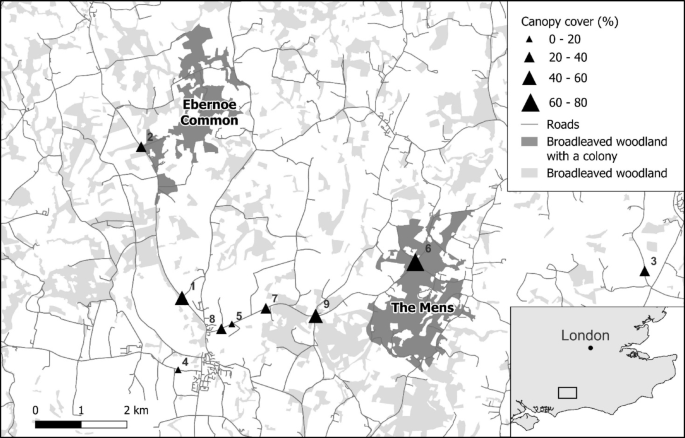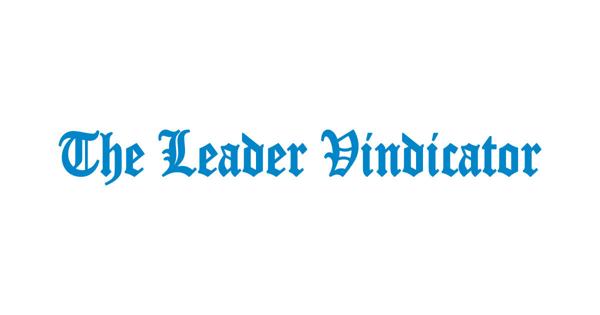Report on Invasive Species Management in Florida and Alignment with Sustainable Development Goals
1.0 Introduction
A public-private partnership between Florida state agencies and Inversa Leathers has resulted in a significant increase in the removal of invasive Burmese pythons from the Everglades ecosystem. This initiative demonstrates a successful model for environmental conservation that directly contributes to several United Nations Sustainable Development Goals (SDGs), particularly those focused on biodiversity, sustainable production, and collaborative partnerships.
2.0 Program Outcomes and Performance Metrics
The collaboration, initiated in May 2025, has yielded a substantial increase in the efficiency of invasive species removal. This success is critical for restoring ecological balance and supports the objectives of SDG 15 (Life on Land).
- Python removals in July 2025 reached 748, a threefold increase from the 235 removed in July 2024.
- The total number of pythons removed between May and July 2025 was 1,022, compared to 343 during the same period in the previous year.
- The Florida Fish and Wildlife Conservation Commission (FWC) reported an 89% reduction in staff workload related to python processing, enabling biologists to redirect efforts toward other critical conservation tasks.
3.0 Contribution to Sustainable Development Goals (SDGs)
The initiative’s framework and outcomes align with multiple SDGs, showcasing an integrated approach to sustainable development.
-
SDG 15: Life on Land
The primary objective is to protect, restore, and promote the sustainable use of terrestrial ecosystems. By removing Burmese pythons, an invasive apex predator with no natural competition, the program directly combats biodiversity loss and protects dozens of native and endangered species within the Everglades.
-
SDG 12: Responsible Consumption and Production
The partnership promotes sustainable production patterns by converting a problematic invasive species into commercial leather goods. Inversa Leathers upcycles pythons, along with other invasive species like lionfish and silverfin carp, into fashion items. This creates a circular economy model that transforms an ecological threat into a sustainable economic resource.
-
SDG 14: Life Below Water
While the report focuses on pythons, the business model’s inclusion of invasive lionfish from Florida’s coastal waters demonstrates a commitment to conserving and sustainably using marine ecosystems by mitigating the impact of invasive marine species.
-
SDG 17: Partnerships for the Goals
This initiative is a prime example of a successful public-private partnership. The collaboration between the Florida Governor’s office, the Department of Environmental Protection, the FWC, and the private company Inversa Leathers strengthens the means of implementation for achieving sustainable development.
4.0 Ecological Context and Program Significance
The Burmese python, native to Southeast Asia, has established a significant presence in South Florida following introductions via the exotic pet trade. Their proliferation poses a severe threat to the ecological integrity of the Everglades.
- Ecological Threat: The snakes, which can exceed 20 feet in length, prey on native wildlife, disrupting the natural food web and threatening vulnerable populations.
- State-Led Efforts: This partnership complements existing state programs, such as the Florida Python Challenge, to create a comprehensive and sustained management strategy for controlling the invasive population.
1. Which SDGs are addressed or connected to the issues highlighted in the article?
The article highlights issues and initiatives that are directly connected to several Sustainable Development Goals (SDGs). The primary focus on ecosystem protection, managing invasive species, and creating sustainable economic models from this activity touches upon the following goals:
- SDG 15: Life on Land – This is the most prominent SDG, as the core issue is the protection of the Everglades ecosystem from the invasive Burmese python.
- SDG 12: Responsible Consumption and Production – The initiative involves converting an invasive species into commercial products, which relates to sustainable and innovative production patterns.
- SDG 8: Decent Work and Economic Growth – The partnership creates economic activity from an environmental management program, decoupling growth from environmental degradation.
- SDG 17: Partnerships for the Goals – The success of the program is explicitly attributed to a public-private partnership between Florida state officials and a private company.
2. What specific targets under those SDGs can be identified based on the article’s content?
Based on the actions described in the article, several specific SDG targets can be identified:
SDG 15: Life on Land
- Target 15.5: “Take urgent and significant action to reduce the degradation of natural habitats, halt the loss of biodiversity and, by 2020, protect and prevent the extinction of threatened species.” The article states that the pythons’ “presence threatens dozens of native and endangered species in the Everglades.” The removal program is a direct action to halt this biodiversity loss and protect threatened species.
- Target 15.8: “By 2020, introduce measures to prevent the introduction and significantly reduce the impact of invasive alien species on land and water ecosystems and control or eradicate the priority species.” The entire article is about a program designed to “reduce the population of species that threaten local ecosystems” by removing a priority invasive species, the Burmese python.
SDG 12: Responsible Consumption and Production
- Target 12.2: “By 2030, achieve the sustainable management and efficient use of natural resources.” The partnership with Inversa Leathers, which “converts invasive species into leather products,” is an example of efficiently using a biological resource that would otherwise be a problem. The article explicitly mentions the goal is to support the “sustainable use of the animals.”
SDG 8: Decent Work and Economic Growth
- Target 8.4: “Improve progressively, through 2030, global resource efficiency in consumption and production and endeavour to decouple economic growth from environmental degradation…” The business model of creating “wallets, belts, shoes, and other fashion goods” from an invasive species is a clear example of creating economic value while simultaneously contributing to environmental restoration, thereby decoupling growth from degradation.
SDG 17: Partnerships for the Goals
- Target 17.17: “Encourage and promote effective public, public-private and civil society partnerships…” The article highlights that the “significant increase in Burmese python removals” occurred “after partnering with Miami-based Inversa Leathers.” This public-private partnership between Florida officials and the company is presented as the key to the program’s enhanced success.
3. Are there any indicators mentioned or implied in the article that can be used to measure progress towards the identified targets?
Yes, the article provides several quantitative and qualitative indicators that can be used to measure progress:
SDG 15: Life on Land
- Indicator for Target 15.8: The number of invasive pythons removed is a direct quantitative indicator of the program’s effectiveness. The article provides specific data points: “748 pythons were removed in July 2025 alone, compared to 235 in July 2024,” and “1,022 pythons were removed between May and July 2025, compared with 343 during the same period in 2024.” This data measures the progress in controlling the invasive species.
- Indicator for Target 15.5: While not measured with a specific number, the protection of “native and endangered species” is an implied indicator. The success of the removal program is intended to lead to the recovery and stabilization of these threatened populations in the Everglades.
SDG 12: Responsible Consumption and Production
- Indicator for Target 12.2: The creation of commercial products (“wallets, belts, shoes, and other fashion goods”) from the removed pythons is a qualitative indicator of the “sustainable use of the animals.” The number of hides processed or products created would be a quantitative measure of this efficient resource use.
SDG 17: Partnerships for the Goals
- Indicator for Target 17.17: The effectiveness of the public-private partnership is measured by its direct impact. The article states there was a “tripling of removals since the partnership began,” which serves as a clear indicator of the partnership’s success in achieving its environmental goals. Additionally, the reported “89%” reduction in staff workload for the Florida Fish and Wildlife Conservation Commission is another indicator of the partnership’s efficiency.
4. Create a table with three columns titled ‘SDGs, Targets and Indicators” to present the findings from analyzing the article.
| SDGs | Targets | Indicators |
|---|---|---|
| SDG 15: Life on Land | 15.5: Halt biodiversity loss and protect threatened species. 15.8: Reduce the impact of invasive alien species. |
– Number of Burmese pythons removed (e.g., 748 in July 2025 vs. 235 in July 2024). – Implied protection of dozens of native and endangered species. |
| SDG 12: Responsible Consumption and Production | 12.2: Achieve the sustainable management and efficient use of natural resources. | – Conversion of invasive species into commercial leather products (wallets, belts, shoes). – The initiative’s stated aim of “sustainable use of the animals.” |
| SDG 8: Decent Work and Economic Growth | 8.4: Decouple economic growth from environmental degradation. | – Creation of a commercial enterprise (Inversa Leathers) that generates economic value directly from an environmental restoration activity. |
| SDG 17: Partnerships for the Goals | 17.17: Encourage and promote effective public-private partnerships. | – The tripling of python removals since the partnership between Florida officials and Inversa Leathers began. – An 89% reduction in workload for state biologists, indicating partnership efficiency. |
Source: wjno.iheart.com





